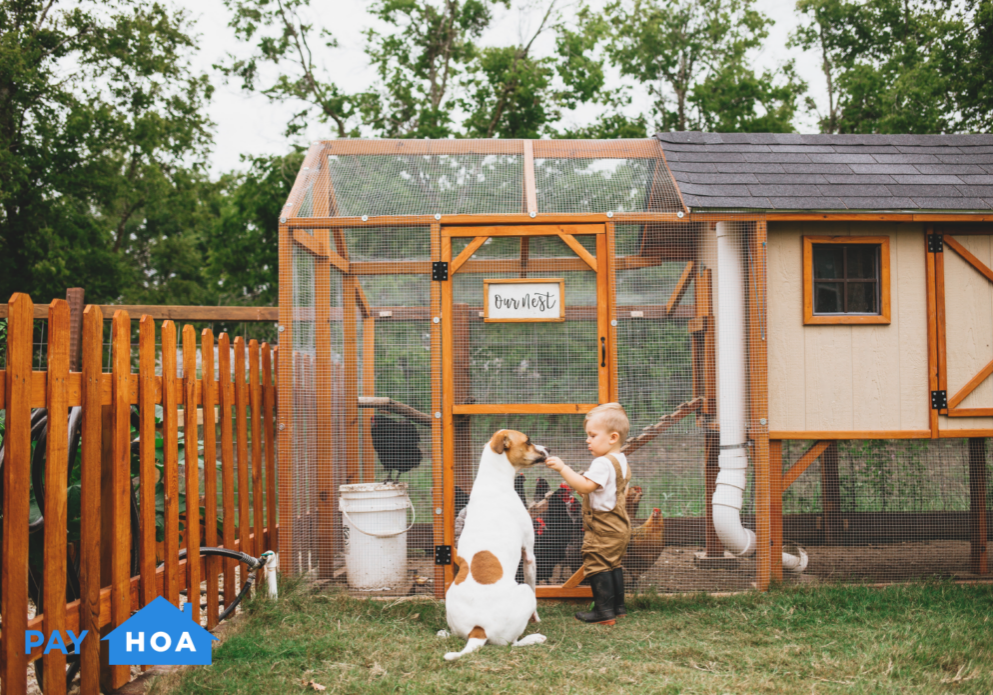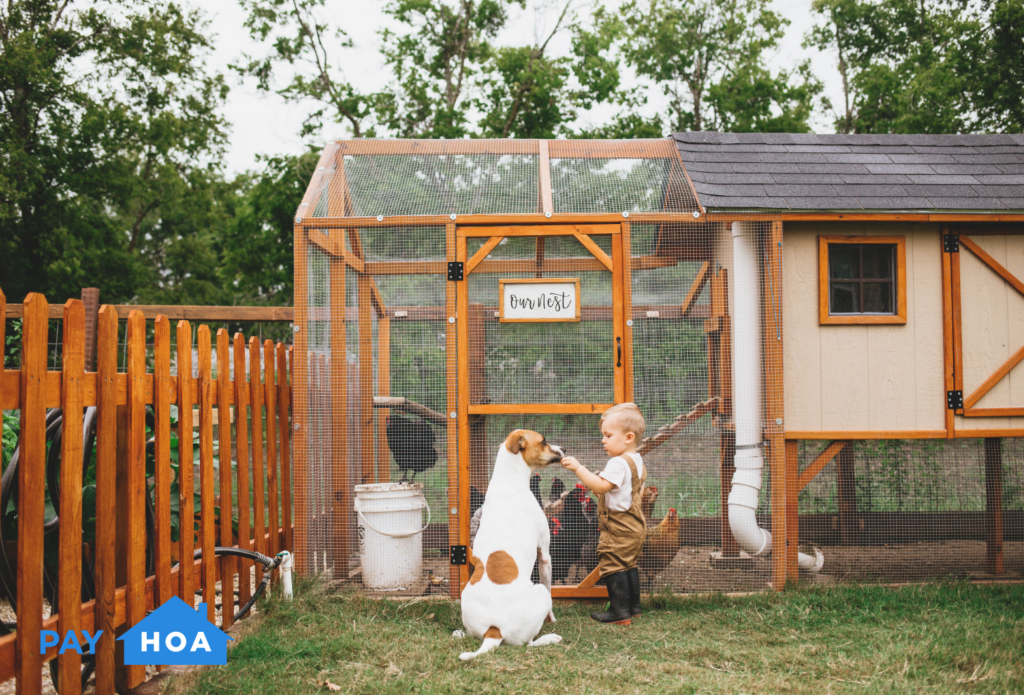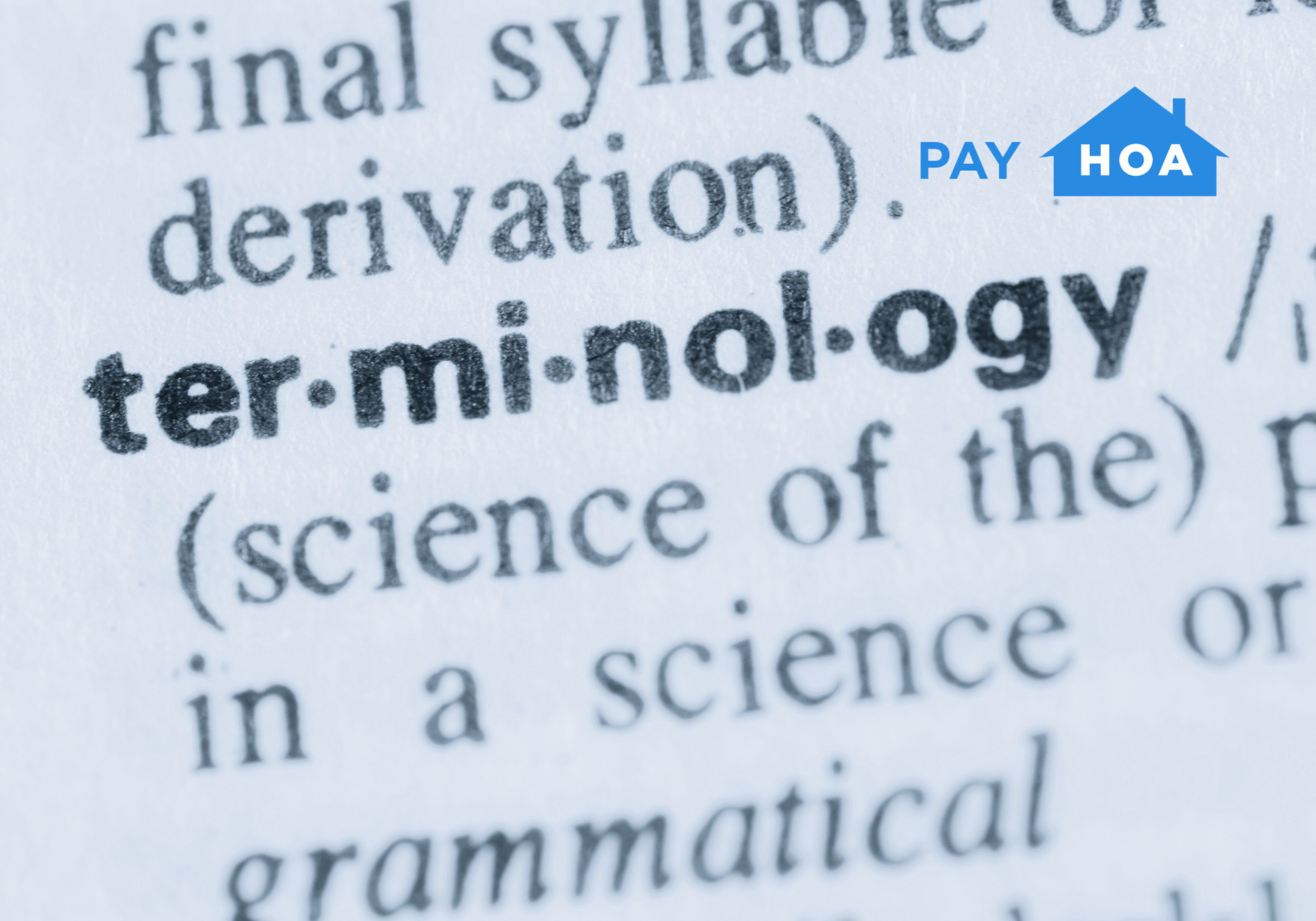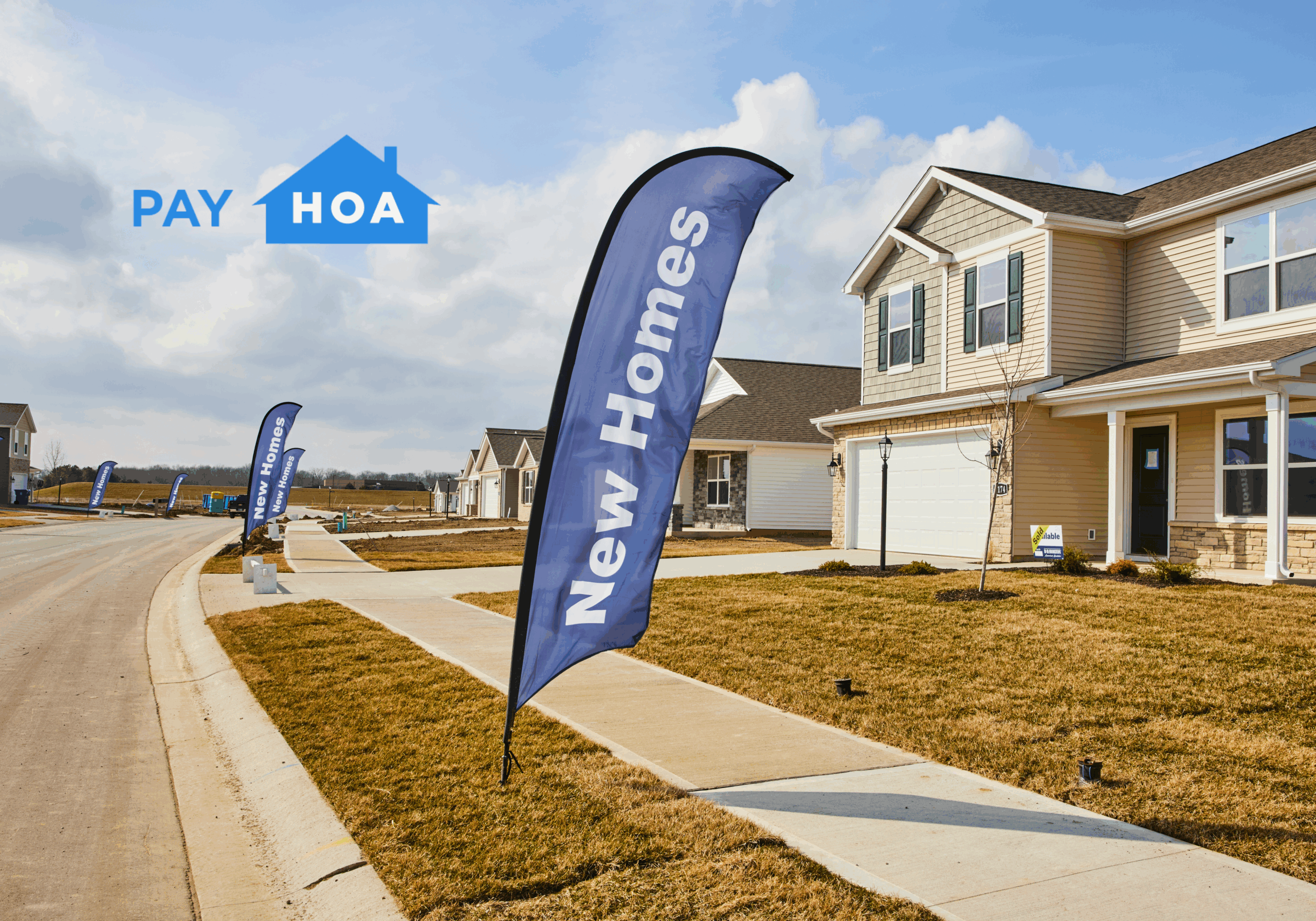 Jesse Hitt • 12 Feb 2024 • 8 min read
Jesse Hitt • 12 Feb 2024 • 8 min readChickens, Bees, and Goats: How HOA Management Resolves Disputes when Homesteading Arrives

Do you have a friend or neighbor who has offered some fresh eggs or honey from their backyard? Perhaps you’ve thought about getting a goat or two to mow your grass? The instance of keeping livestock at home–modern homesteading–has increased dramatically, especially since 2020. While this lifestyle may seem appealing to some, not everyone feels that way, and this can bring conflict to neighborhoods–in particular, those with HOAs (homeowners associations). With HOA management software, it is much easier to communicate with homeowners and ensure everyone understands the rules.
Keeping livestock is a trend that seems here to stay, and HOAs would do well to consider the pros and cons, as well as establish clear rules for homeowners. Homeowners should also be aware of what their HOA allows. Each state has its own set of rules and regulations around backyard animals, so both HOAs and homeowners need to adhere to these laws.
One simple solution to handling homesteading and other potentially controversial issues is through homeowners association management software. With features such as mass communications, message boards, and voting and survey templates, alerting residents has never been easier. When communication is clear, conflicts are more easily avoided. Let’s discuss how HOA management software can help with conflict resolution (and avoidance).

Dispute Resolution and HOA Management
When conflicts arise in an HOA community, they must be resolved quickly to maintain a sense of harmony among homeowners. HOA management plays an essential role in facilitating fair and timely resolutions to community disputes.
How can HOA software help with dispute resolution?
Homeowners association management software is much more than just a way of collecting payments–it also serves as a portal for clear communication. Let’s say the HOA has recently voted to allow a maximum of three chickens in a fenced area per house. How can they ensure all homeowners are notified? With PayHOA management software, all homeowners can be instantly notified via text and email with the click of a button. No one can say, “I didn’t know.” This sort of clear communication leaves no room for ambiguity.
PayHOA software keeps a communication log automatically, so there is a record of all communications that can be reviewed at any time by the HOA and the homeowner. No need to go hunting in an email inbox or scrolling through text messages to find an important message–it’s all right there.
One of the most-used functions of PayHOA software is the templated, customizable request forms. Common request forms are for maintenance or architectural requests, but they can be used in any way the HOA sees fit. For example, if a homeowner would like to set up a backyard beehive, they could submit a request with a picture of the beehive they have in mind, along with dimensions, and either receive approval or be denied.
In the event that a homeowner breaks one of the clearly stated and communicated rules, PayHOA software can send an automatic violation notification. With unlimited template options, the HOA can easily send a violation notification for anything from painting a door the wrong color to having too many goats. All violations are stored in one place, making it easy to track any major issues or repeat offenders and issue fines if need be.
In addition to resolving disputes, PayHOA software helps prevent them from happening in the first place. As Brené Brown said, “clarity is kindness.” By keeping homeowners informed and up to date, violations are less likely to occur. PayHOA facilitates clear communication.

Who makes HOA rules, anyway?
A self-managed HOA is governed by a board of directors. These board members are volunteers elected by the homeowners, and they, in turn, create the rules. Most rules are inherited from previous boards; to make changes, they must vote on proposed new rules. In some cases, homeowners may also have the option to vote on a proposal.
The governing documents of an HOA dictate how and when elections are held. Typically, they are held annually and one person per household can run to be on the board, but each HOA is different. Regardless, it’s crucial to have a turnover process in place for when new board members join.
The aforementioned governing documents include all rules, regulations, and amendments of the HOA. These documents are legally binding, dictate how the HOA operates, and are important references before major decisions are made, by both homeowners and HOA management, which is one reason homeowners association management software is beneficial.
HOA bylaws are typically created when the HOA is established, often with the assistance of legal professionals specializing in community association law. They are developed based on state laws, the HOA’s governing documents, and the specific needs and characteristics of the community. Bylaws can be amended over time through a formal process outlined in the existing bylaws, which usually involves approval by a vote of the HOA board and/or homeowners.
Enforcing HOA rules is essential for maintaining community standards, preserving property values, and ensuring a positive living environment among residents. Following local and state laws doesn’t mean that a city ordinance permitting backyard chickens must also be allowed in the HOA. This would be decided by the board.
Bottom line: the board makes and enforces the rules, and everyone in the community benefits from PayHOA software to easily view and understand what the bylaws say.

How do I change my HOA’s bylaws? Dos and don’ts
To change HOA bylaws, there are multiple steps involved.
First, a resident must decide what rule they want to change (and have a good reason for wanting to change it). Second, they need to create a petition with enough signatures to justify an HOA to vote. Third, the board–or in some cases all homeowners–must vote on it and approve it with a majority. Every HOA is unique, but these are the general steps.
Here are some dos and don’ts for changing HOA bylaws:
DO
Use a survey to gauge how people feel about the proposed amendment. Let’s say a homeowner wants to have two goats in their backyard to produce milk and cheese. With PayHOA software, it’s easy for anyone to use a template to create a simple survey and collect the responses, all within the portal.
DON’T
Don’t send out dozens of emails and texts to homeowners to garner support for an idea. PayHOA keeps everything in one place so homeowners aren’t constantly bombarded by messages.
DO
Utilize message boards. With features like bulletin boards, group communication, and open forums, PayHOA makes it easy to keep all communications in one place.
DON’T
Don’t take to social media. Only use the portal for communication rather than turning to social media. It’s simpler to present your case to the board this way. Social media can have unexpected consequences, so it’s best to steer clear of it.
DO
Advocate for change. Homeowners have a right to make changes in their community–if everyone is on board with goats, chickens, and bees, then it’s time for the HOA to embrace modern homesteading.
DON’T
Don’t assume everyone will be on board (right away or ever). Make proposals, bring ideas, talk to neighbors—but also, if an idea gains no community support, know when to let it go.

Keeping the peace in your HOA neighborhood
HOA board members are busy enough without having to spend time mitigating disputes. PayHOA software provides a plethora of resources and tools to prevent conflict from happening in the first place by keeping homeowners informed.
From the management side, it’s important to listen to all parties, considering their perspectives and concerns to foster a collaborative environment. Use PayHOA mass communication tools through the portal and ensure fairness and clarity and to maintain transparency and accountability within the community.
From the homeowners’ side, it’s essential to be respectful and firm, advocating for the changes you want to see while also understanding the desires of your neighbors and management. Building constructive dialogue and cooperation can lead to positive outcomes for the entire community.
Why Use PayHOA Management Software?
Whether you are pro modern homesteading or against, homeowners are going to be seeing more and more livestock in people’s backyards–when an HOA allows it. To make changes or voice concerns, PayHOA management software makes all aspects of managing an HOA seamless.
Interested to learn more? Sign up today for a free 30-day trial to experience how PayHOA can make your life easier.
Share this article:
Enjoyed this Article? Try Another!
HOA Terms Every Board Member Should Know
If you’ve ever been a member of a neighborhood homeowners association (HOA) board, you know…
The Ultimate Guide to HOA Budget Planning
Strong HOA finances are the foundation of a healthy, stable community. When finances are well…
How to Start an HOA: A Step-by-Step Guide for New Communities
Healthy neighborhoods don’t happen by accident. They’re built with structure, fairness, and a shared commitment…


